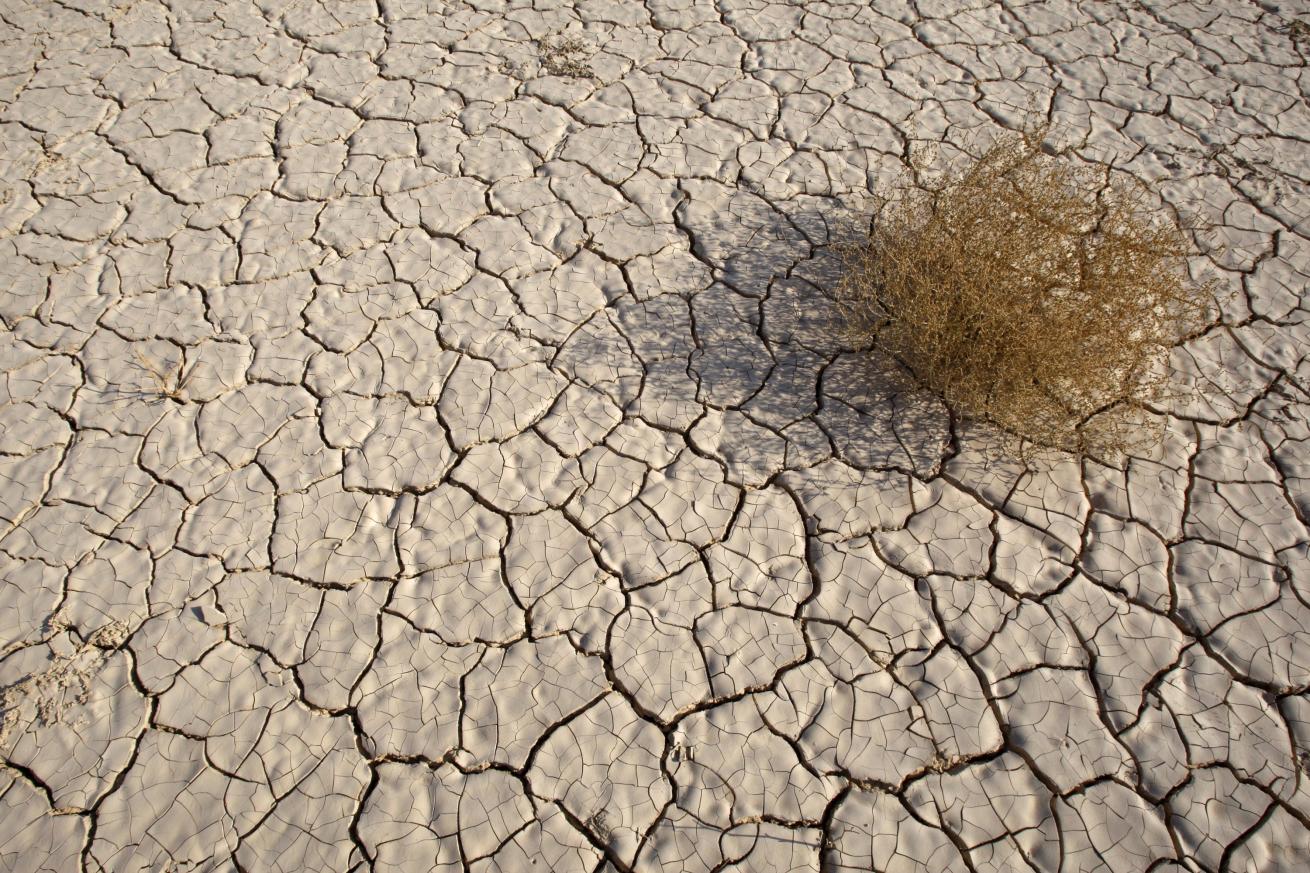Is the Dead Sea Drying Up?

Dead Sea Drying Up
MENAHEM KAHANA/AFP/GETTY IMAGES
The Dead Sea is facing a slow demise, receding at a rate of about 4 feet, 4 inches per year, up from an average of 3 feet, 8 inches per year from 1993 to 2009.
Now 1,377 feet below sea level, it has dropped more than 100 feet in the past 50 years, which has many worried about its continued existence.
The Red Sea-Dead Sea Conveyance, also known as the Red-Dead Project, could be a $10 billion solution. It would incorporate a series of pipelines, waterways and desalination plants to carry water 112 miles from the Red Sea to the Dead Sea. But the idea is controversial.
The Red-Dead Project worries conservationists — mixing desalinated water with the highly concentrated salt water of the Dead Sea could adversely affect some of the unique components that make the Dead Sea like none other. It could change the rate at which algae blooms. Curative properties that have drawn visitors for centuries could fade. (In addition to salt, potassium, chlorine, bromine and magnesium are present.) The extreme buoyancy of the water as well as the beautiful underwater salt sculptures could be at risk.
Nestled between Jordan, Israel and the West Bank, which is governed by the Palestinian Authority, the Dead Sea has many stakeholders, so forming consensus won’t be an easy task. But the World Bank has committed to assisting the involved parties until a resolution is agreed upon.

MENAHEM KAHANA/AFP/GETTY IMAGES
The Dead Sea is facing a slow demise, receding at a rate of about 4 feet, 4 inches per year, up from an average of 3 feet, 8 inches per year from 1993 to 2009.
Now 1,377 feet below sea level, it has dropped more than 100 feet in the past 50 years, which has many worried about its continued existence.
The Red Sea-Dead Sea Conveyance, also known as the Red-Dead Project, could be a $10 billion solution. It would incorporate a series of pipelines, waterways and desalination plants to carry water 112 miles from the Red Sea to the Dead Sea. But the idea is controversial.
The Red-Dead Project worries conservationists — mixing desalinated water with the highly concentrated salt water of the Dead Sea could adversely affect some of the unique components that make the Dead Sea like none other. It could change the rate at which algae blooms. Curative properties that have drawn visitors for centuries could fade. (In addition to salt, potassium, chlorine, bromine and magnesium are present.) The extreme buoyancy of the water as well as the beautiful underwater salt sculptures could be at risk.
Nestled between Jordan, Israel and the West Bank, which is governed by the Palestinian Authority, the Dead Sea has many stakeholders, so forming consensus won’t be an easy task. But the World Bank has committed to assisting the involved parties until a resolution is agreed upon.










